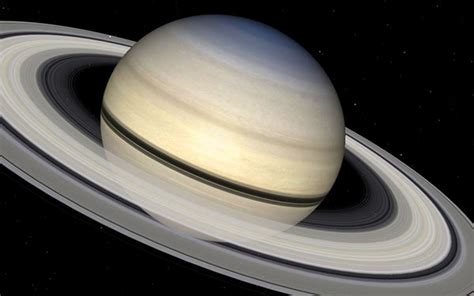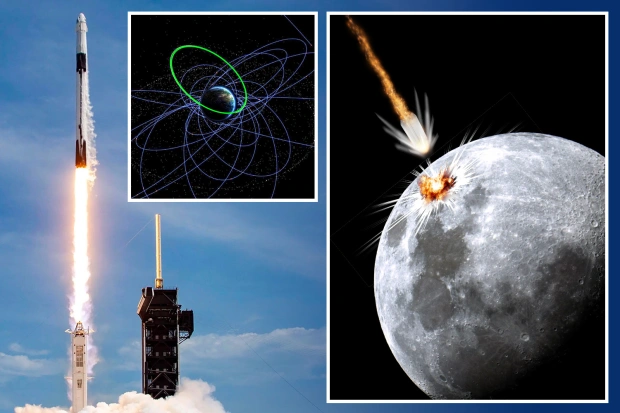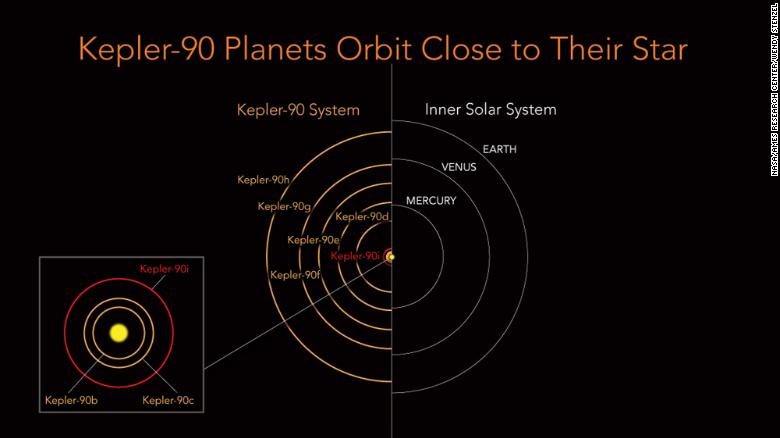Saturn, the sixth planet from the Sun, is known for its beautiful rings, but NASA’s Cassini spacecraft has revealed that the Rings may also play a crucial role in heating the planet’s atmosphere. In particular, the discovery reveals the rings of Saturn are emitting heat due to the icy particles colliding with each other inside the planet’s magnetic field.
This surprising discovery was made using data collected by NASA’s Cassini spacecraft, which orbited Saturn between 2004 and 2017. The researchers used Cassini’s Radio and Plasma Wave Science (RPWS) instrument to measure the electrically charged particles that are present in Saturn’s magnetic field. They found that the rings were emitting energy in the form of radio waves, which suggests that they were heating up the planet’s atmosphere.
The researchers believe that the heating of Saturn’s atmosphere could also explain why the planet’s upper atmosphere is so much warmer than expected. The temperature at the top of Saturn’s atmosphere is about -270 degrees Celsius, which is colder than the surface temperature of the planet. However, the researchers found that the area directly above the rings was actually much warmer, with temperatures of around -170 degrees Celsius.
One of the reasons Saturn’s atmosphere is so warm is due to the planet’s distance from the Sun. While Saturn is approximately nine times farther from the Sun than Earth, its upper atmosphere is hotter than expected. The researchers believe that the Rings are crucial to explaining this phenomenon because they are providing energy to the planet’s atmosphere.
The exact mechanism behind this heating process is still unknown, but the researchers believe that it is due to the charged particles in Saturn’s magnetic field interacting with the icy particles in the Rings. As these particles collide with one another, they generate energy in the form of heat and radio waves, which then heats up the atmosphere above the Rings.
The discovery has significant implications for our understanding of Saturn’s atmosphere and could also have wider implications for our understanding of other planets with rings. Saturn is the only planet in our solar system with such distinctive features, and this research suggests that the Rings are also crucial to its atmosphere.
Furthermore, this research could also help us understand how planets in other solar systems heat their atmospheres. Many of the newfound exoplanets are believed to have rings, and this research suggests that these rings could also play a role in heating the planet’s atmosphere.
In conclusion, the discovery that the Rings of Saturn may help to heat up the planet’s atmosphere is a significant development in our understanding of the dynamics of the sixth planet from the Sun. While there is still much to learn about this process, this research could ultimately help us to better understand how planets form and evolve. With the help of instruments such as Cassini’s RPWS, we can continue to unravel the mysteries of the cosmos and the celestial bodies within it.











